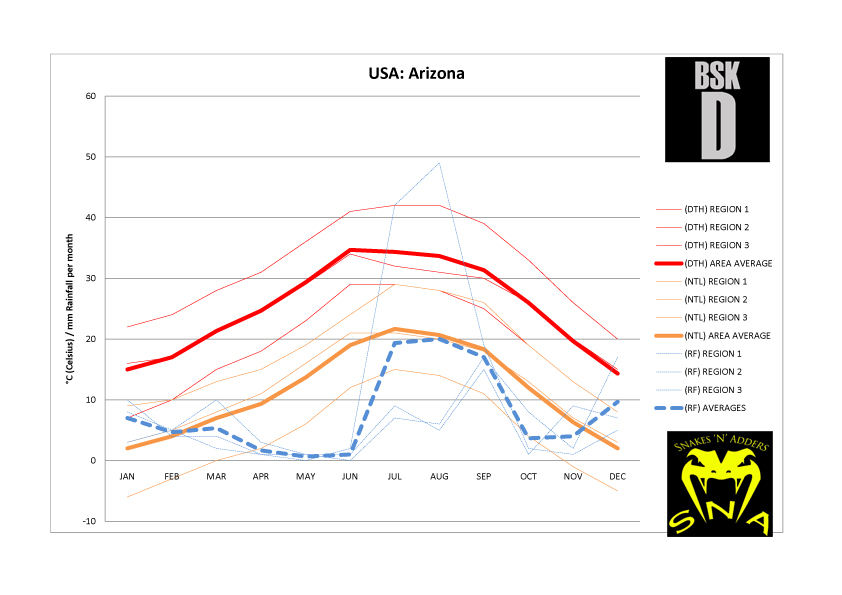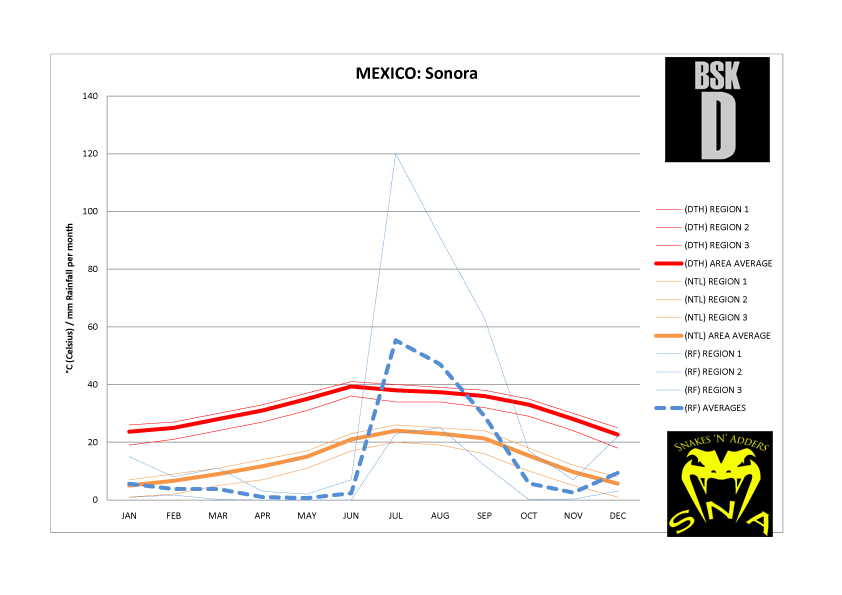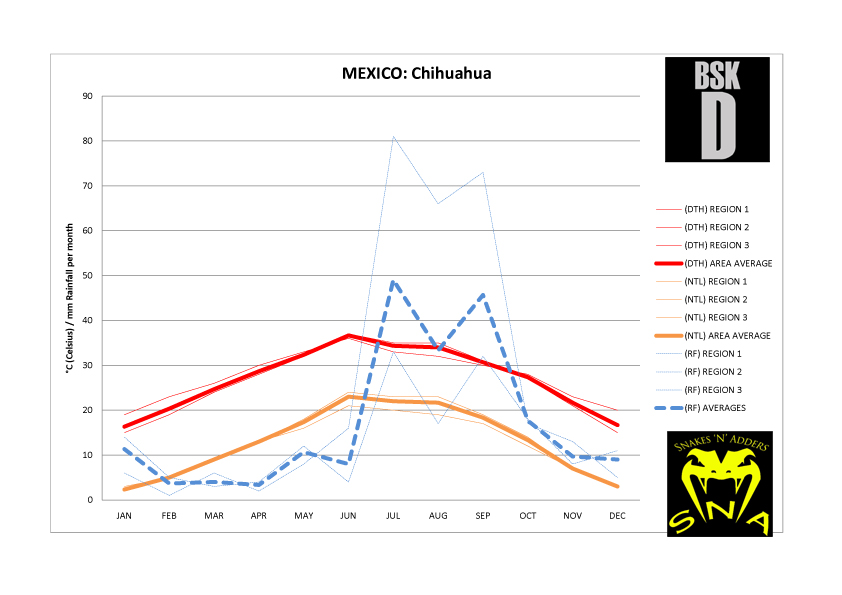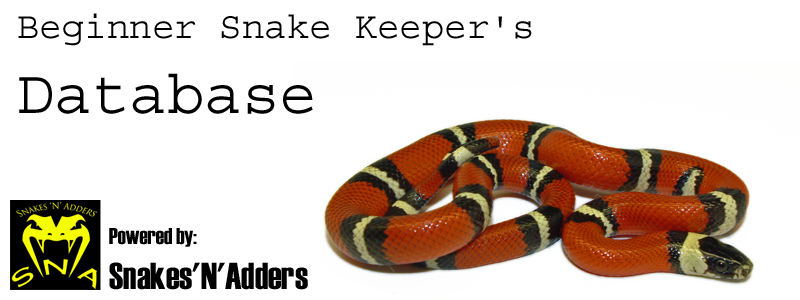.jpg)
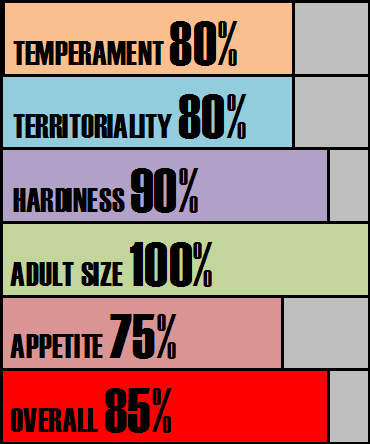

Species Notes based on experiences:
The ‘mexicana’ King snakes were a group of subspecies under the mexicana species. They have now all been elevated to species level. The Grey Banded King Snake was originally Lampropeltis mexicana alterna and is now Lampropeltis alterna (In fact it was separated from the other 3 ‘mexicana’ King Snakes a long time ago but is still closely associated with them). I prefer the idea of keeping them together in the listings as and such used the old scientific name to allow me to do so. For many keepers the Grey Banded King Snake is the ultimate tri-colour King Snake. It is the largest of the ‘mexicana’type Kings with exceptional adult pushing 4ft in length. The head is well defined from the body and older animals can carry an impressive girth. Bigger snakes invariably lead to bigger babies making them easier to start than its smaller cousins. Whilst occasional delays in getting babies feeding may occur it is no way near as prevalent as with the Durango, Nuevo Leon or San Luis Potosi King Snakes.
Score analysis:
When considering temperament, Grey Banded King Snakes are generally very well behaved. They can be nervous or flighty snakes like some of the other King Snakes listed here as youngsters. If defensive behaviours occur, this will include tail rattling and vacating the contents of the cloaca. Biting is incredibly rare, the preoccupation with nervous Tri-colour King Snakes is to escape. With patience and time the snake will usually readily calm down and by the time the animal is a year of age it will be fully compliant. This is the most laid back of the Mesoamerican King snakes.
Territory issues are nearly always more prevalent than true temperament issues. If startled snakes may rattle their tail and throw coils of their body in an agitated manner. This usually ends up covering the head (on purpose), if this fails a Mesoamerican King Snake may dart away trying to escape the human that disturbed it.
This is a semi-montane snake that occupies scrub land and oak forests on mountain sides. This will expose them to harsh winter night time lows where shelter will be sought deep into the cracks and fissures of the mountain. Day time highs will allow the animal to bask for short periods before retreating back down into the cracks. Hunting would not really be an option as the window for activity is too short. In captivity this snake has proven to be a sturdy snake although a little slow to start feeding. We would brumate them in winter and enforce a stoppage to food.
This is a well built King Snake with well defined head. Large adults reach almost 4 ft in length making them nearly 1ft larger than the other mexicana King Snakes. This mean acceptance of mammal food is easier and accepted more readily. This snake is the perfect size, it is manageable in length but feels robust to hold. The perfect mix.
Initially babies can be highly reticent to feed. Some breeders may brumate the babies having never fed, to slow down their metabolic rate and try to kick start them the following Spring. This usually works wonders with them kicking in with a bang on pinkies straight away. This is preferable to trying weekly all over winter stressing the snake out and it consistently refusing and wasting food. As a result this snake may appear small for its age with yearling not much bigger than hatchlings. This is usually the reason for this. Once established and feeding you will be off to the races and problems will not generally reoccur. Adult animals may begin to stutter with feeding as they approach winter periods in anticipation of the winter cool down. This is normal and part of their body’s pre-programmed life cycle. Because of this we have marked the appetite score down accordingly. Make sure you get a feeding record with the snake and even better see it eating unassisted on defrost mammal prey prior to purchase. Make sure you purchase from a trustworthy source.
Tub:
33ltr – 50ltr container
Vivarium:
90cm x 45cm x 45cm
Budget rig: -
40cm x 30cm heat pad
On / off thermostat
Digital thermometer to monitor thermostat performance
Warm hide
Cool hide
Water bowl
substrate
Recommended rig (vivarium only): -
150w ceramic heat emitter
Ceramic lamp holder and bracket
Bulb guard
Day night thermostat
Digital thermometer to monitor thermostat performance
Various logs and caves along the thermal gradient
Damp hide
Climbing and exercise branches
Plants and foliage (live or artificial – your choice)
Water bowl
Substrate
UVB light (8w T5 shade dweller 7% kit from Arcadia or equivalent) (optional)
Subterranean section to vivarium for further psychological security (optional)
Climate analysis:
This animal occupies elevated scrubland and rocky oak forests. During the harsh winter nights where the hillsides are particularly exposed they will seek shelter deep down fissures and cracks in the rocks of the mountain. In captivity we brumate this species deeply down to around 8-10°c for around 2 months with 3 weeks either side either slowly lowering or raising the temperature. They would not feed for this period. This actually serves to reinvigorate their appetite and get them feeding with real gusto again.
Conclusion:
Very much sought after and not bred in anywhere near high enough numbers. This is odd considering the continued popularity of the San Luis Potosi and Nuevo Leon King Snakes in particular. Grey Banded King Snakes are no harder to breed. In fact they are sought after across much of Europe and even in their native United States. This is one of the casualties of the Corn snake and Royal Python explosion. Previously these would have been considered the jewel in many keepers collection. That was until a load of manmade colour mutations became available and these snake were just sold on. Quite possibly to just pet keepers who enjoyed their animal but had no intention of breeding them. Now because of protections there is just not the opportunity to collect them anymore. This therefore hampers the breeding pool and limits numbers. They may have also been cross bred with other Mexicana King snakes. Make sure you purchase you animal from a reputable source and that it comes with a feeding record to ensure no issues. If you get the chance do not miss the opportunity. This is a fine first pet species!
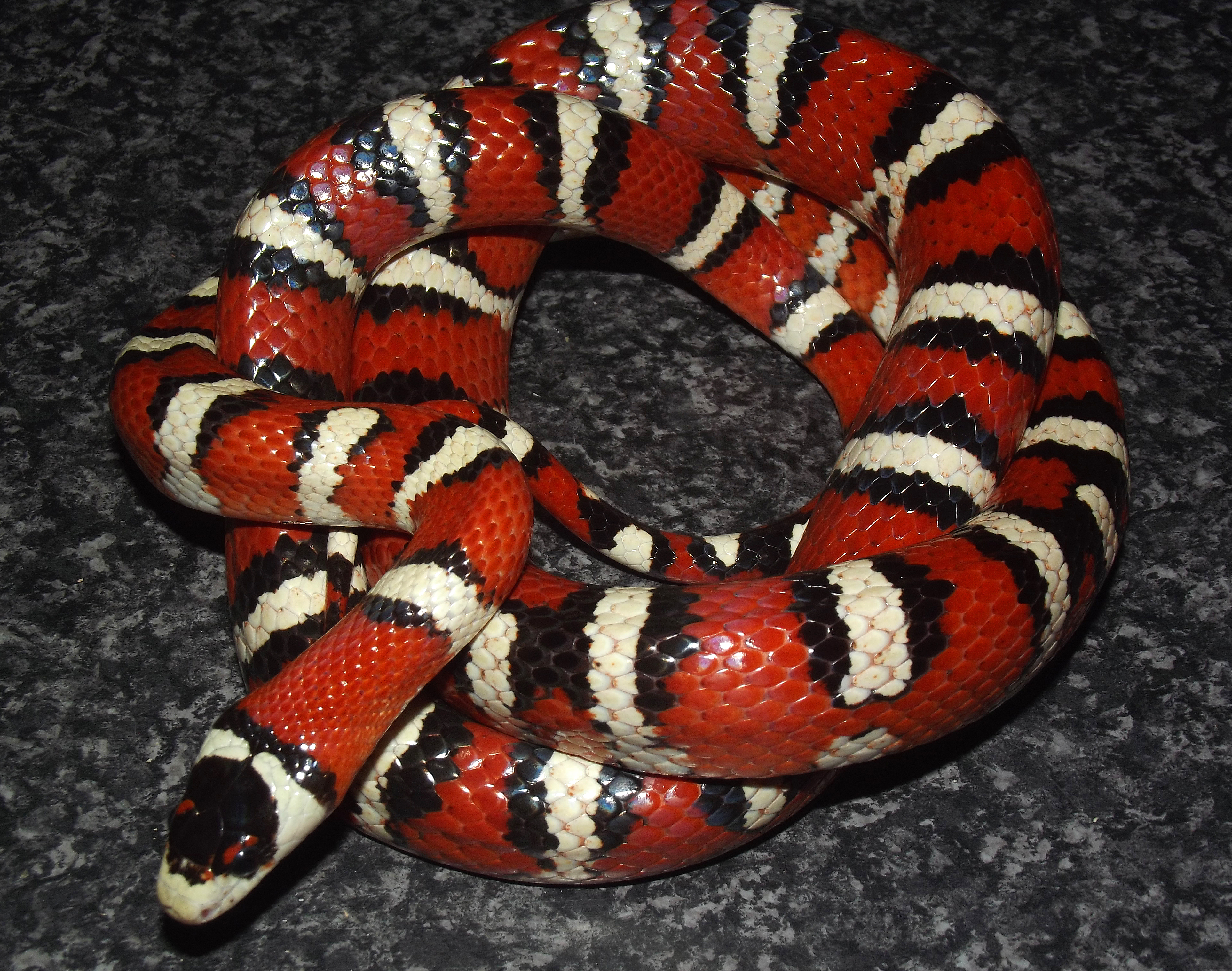
.jpg)
